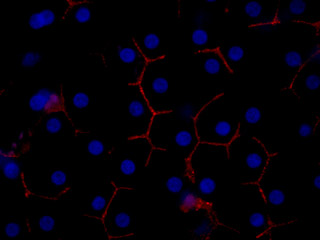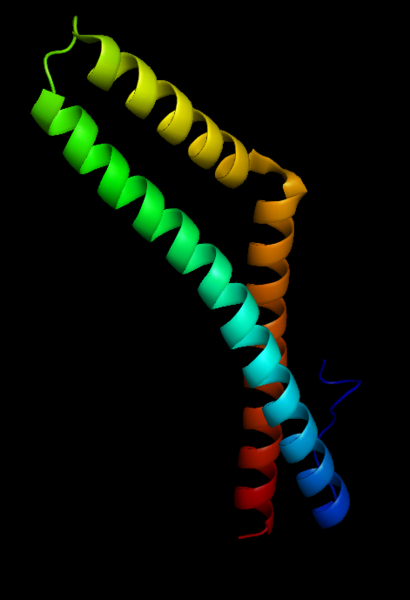So far, the deadly hepatitis C virus has only infected humans and chimpanzees, which has made it difficult for researchers to conduct experiments on other animals, such as mice, but now this is about to change thanks to the discovery of a protein in human liver cells that allows them to attack these cells

The resistance of the deadly hepatitis C virus depends on an unconventional strategy based on one of its greatest limitations. The virus is not able to infect living beings except humans and chimpanzees, which prevented researchers from conducting experiments on animals in order to develop a vaccine against it. But now Rockefeller University researchers have identified the protein that allows the virus to penetrate human cells, a discovery that is the first milestone in the process of developing a vaccine and treating the 170 million people around the world who suffer from the disease.
A group of researchers led by Charles Rice, who heads the laboratories for virology and infectious diseases, identified a protein called occludin that is found in humans but not in animals. Introducing the protein into a mouse makes its cells vulnerable to the virus. The meaning of the discovery is that the scientists now have a list of all four essential components for the introduction of the virus into non-human cells.
Hepatitis C targets exclusively human liver cells, suggesting that these cells express genes that are not expressed in other human or animal cells. In recent years, three proteins CD81, CLDN1 and SR-BI have been identified that play an important role in the transmission of the virus into the cell, but something was missing. Rice's team found that even when they engineer the mouse cells and cause overexpression of the three proteins, the cells still reject the entry of the virus into the cell.

The discovery of the occludin protein changes the whole picture. When Rice and his team created transgenic mouse and human cells expressing all four proteins, the virus entered the cells and infected them. A more in-depth study revealed that human liver cells give a higher expression to occludin naturally, and by reducing the aforementioned expression in the liver cells it will be possible to completely block the infection.
To reach the result it was necessary to filter the DNA, the researchers first cloned all the genes that are expressed in human liver cells, and then transferred them to mouse cells. Later, a recursive process was carried out to filter genes that created the defenses in the mouse cells.
Since mice and humans have slightly different versions of the same four factors, the researchers used hamster cells to identify the best combination that created cells without defenses and susceptible to infection by the virus. They found that in the case of the two proteins occludin and CD81, only the human version worked; In the case of SR-BI and CLDN1 the human and mouse cells did an equally good job. These experiments taught about the differences between the mice's mechanisms that give them resistance to the virus, they also taught how they can be removed by combining different combinations of proteins.
The study was published in the online issue of the journal Nature on January 29. According to the researchers, this small step represents a significant leap forward in research related to hepatitis C and the development of a new version of the virus capable of infecting animals.

2 תגובות
I think rational animal rights advocates should support this research.
Thanks to him, instead of conducting many animal experiments on hepatitis C treatments (which will be conducted anyway) in chimpanzees, some of them will be able to be conducted in mice.
That's something too.
"More in-depth research has revealed that human liver cells give a higher expression to occludin naturally, and by reducing the aforementioned expression in the liver cells it will be possible to completely block the infection.
"
This experiment does not renew anything!
According to my understanding, as a result of different (other) research that helps in the development and solution for the treatment of hepatitis C and other studies, they found how to develop a similar virus that will penetrate animals.
It is worthwhile and desirable to follow the in-depth experiments and not to publish dangerous and delusional experiments that cause suffering, waste of public money and unnecessary danger.
The discoveries of occludin, its properties and derivatives are the next step and there will be more..
This experiment does not renew anything!